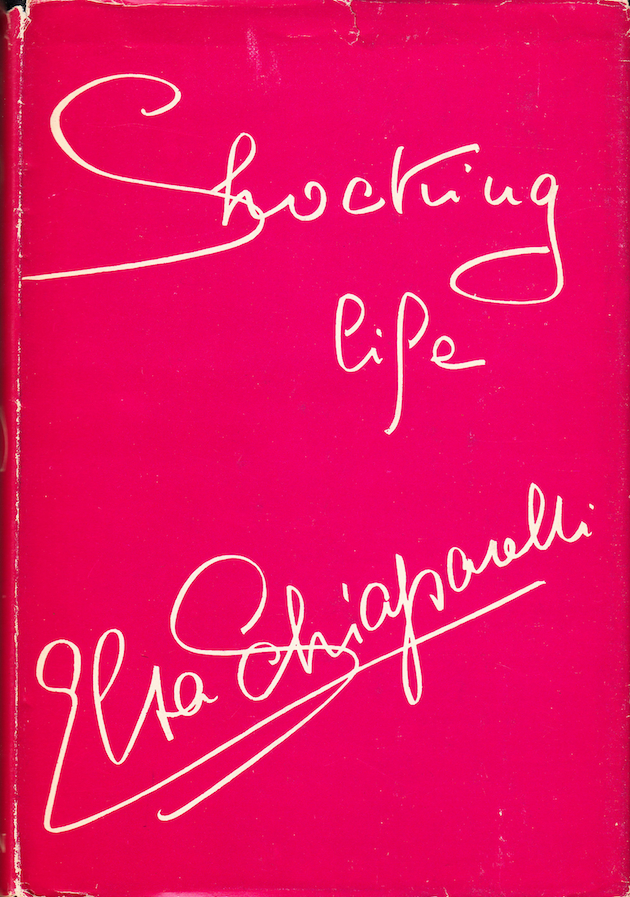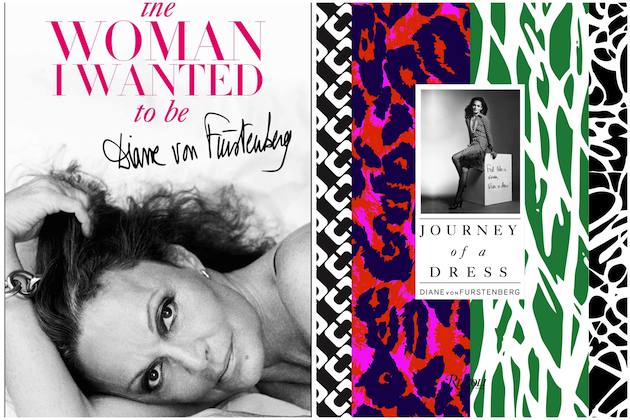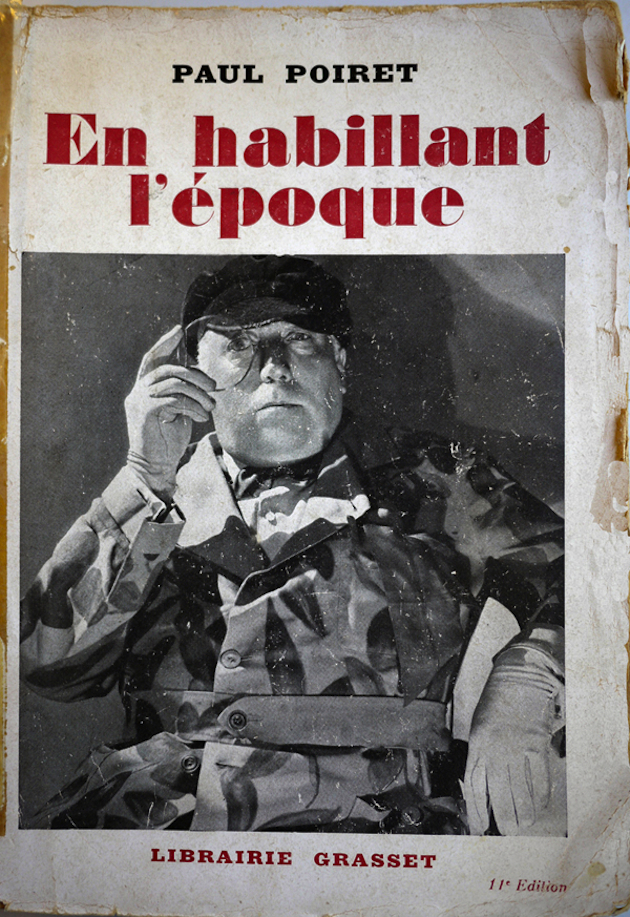In design practice, stories are told through objects. Design is a practice that allows us to tell stories by making things, constructing a discourse around a project which is both the most material and volatile way of narrating ideas. In many cases, the story told by objects goes hand in hand with the life story of the person who created the objects themselves. For a designer, it is quite impossible to separate work from life – they are intertwined and influence each other, and designers end up considering every action or aspect of their lives as part of a project, making the ‘I am what I do’ quote incredibly true.

Since the rise of couture at the end of XIX Century, the culture of fashion has exalted the personality of the designer presenting him or her as a createur: a sort of oracle catching social and cultural zeitgeist, able to translate it in shapes, lines, fabrics, often celebrated as a member of the jet set. The identity of the designer was since then strengthened, and now it is barely possible to separate the public persona (which is also the professional one) and the actual person. The construction of the ‘myth’ of designer was enriched by the publication of autobiographies written – or approved – by designers themselves. Design has to do with choices, and autobiographies stand as examples of the selectiveness of designers. For instance, Christian Dior, in his ‘Christian Dior et Moi’, talks about two people with the same name, the person and the couturier, declaring in the preface that only the second will be protagonist of the story; but, concentrating on the life in the atelier and avoiding his private life, he inevitably gave us elements to understand his personality and his commitment to his work.

The most interesting issue with autobiographies is the way in which designers deal with their identity. If Christian Dior doubles himself separating his two identities, Elsa Schiaparelli mixes her two personalities changing the tone and the protagonist – sometimes Elsa, sometimes Schiap, in her ‘Shocking Life’. Diane Von Furstenberg, in her ‘The woman I wanted to be’, switches easily from personal to professional life, without apparent continuity, but highlighting in this way the fluency between the two; Paul Poiret, in his ‘En habillant l’époque’ (dressing the century), presents himself as an artist, and guides the audience through his vision of the world, as seen from his privileged point of view. Rhetoric is of course one of the tools widely used in these narrations – but even looking inside the techniques and linguistic expedients is interesting, if we are to understand the designer and, consequently, the person.

As everything else in the life of a designer, autobiographies are themselves a project; thus they are designed in order to give shape to the idea of life designers wanted to achieve – and, in most cases, actually achieved. Words are chosen carefully, and just what has to be shown is written, but they give the chance to insiders and amateurs to read between the lines, and get information not only about a personality, but about a whole historical period, told by someone who was shaping it from the inside. If seams and cuts are not a common language and cannot ‘speak’ clearly about the wit behind them, autobiographies are a strong statement of the intentions and desires of designers, and can be used to analyse a person, a fashion and a whole epoch; but, above all, they tell useful and beautiful stories that would otherwise be submerged and hidden in the pleats of history.
Marta Franceschini
